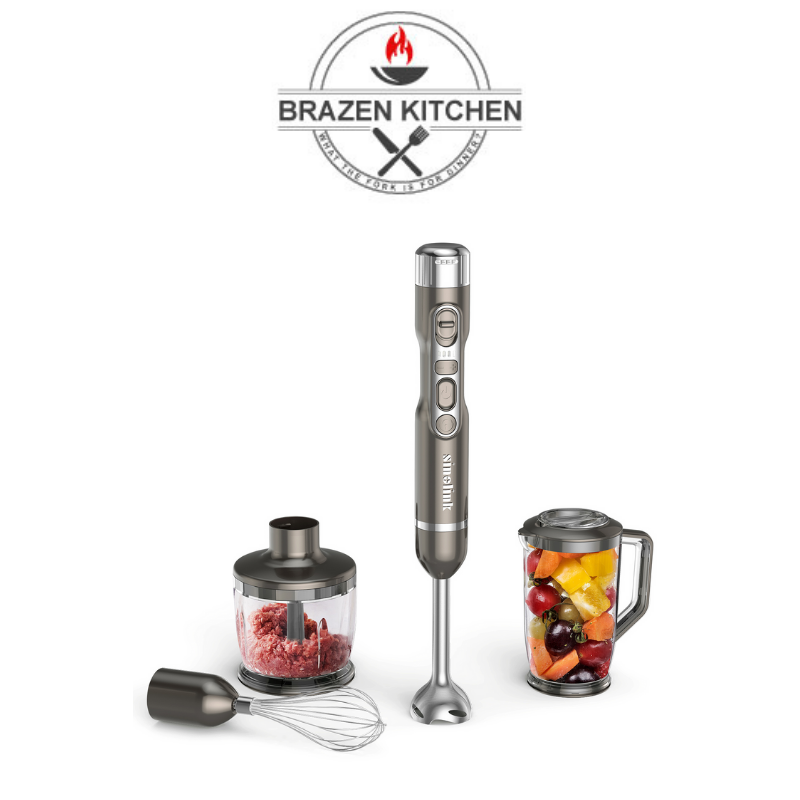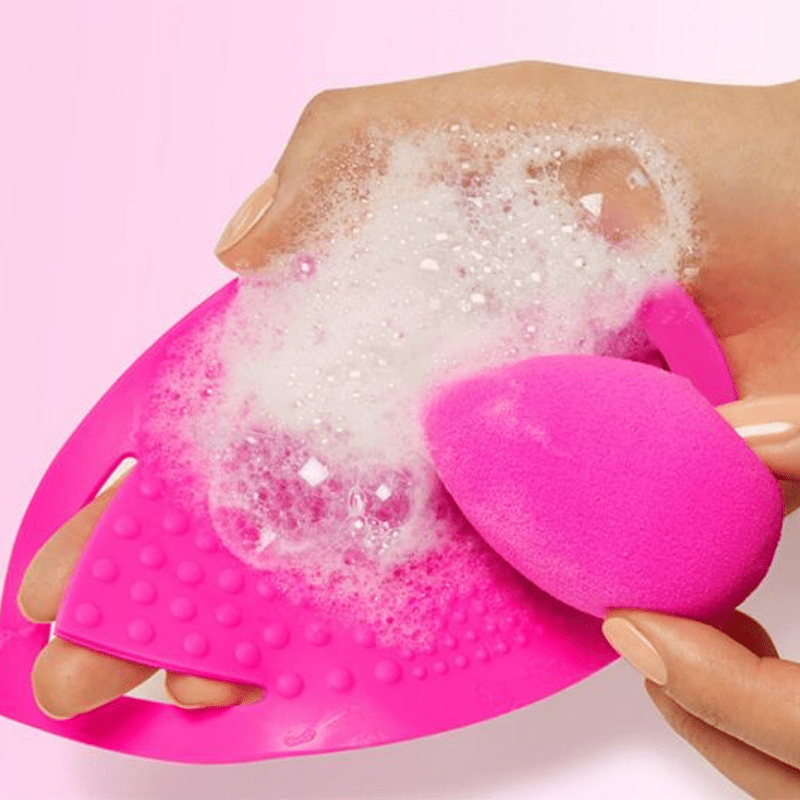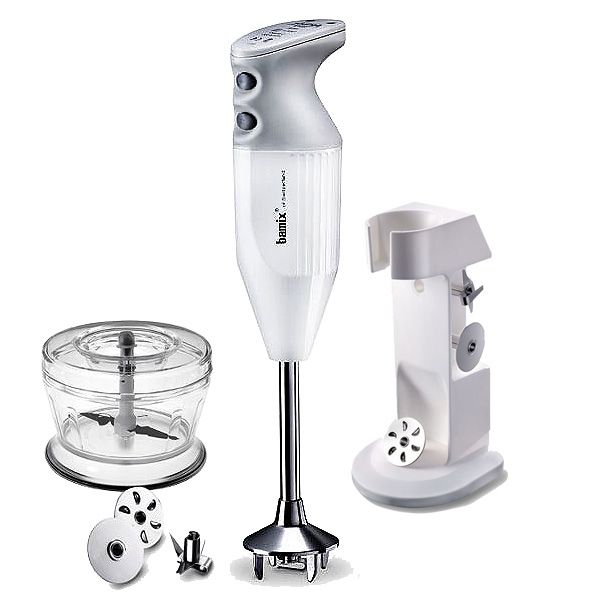The Best Choices For Cordless Blenders
Blenders are among one of the all-rounder kitchen appliances that are an inevitable part of the modern kitchen. As people and families become more and more health-conscious every passing day, kitchen equipment takes a more central role in the food-making process. A blender is an essential element in the making of everyday smoothies, shakes, soups, and even foods for babies. Needless to say, they play an important part in healthy cooking and eating.
But using the traditional wired blenders can sometimes be an issue. They need to be plugged in for electricity, which means you cannot carry them with you to parties, get-togethers, and picnics outdoors. It might also hinder your cooking in case of a power outage. A battery-powered, handheld version is a perfect answer for that.
With a battery-powered blender, you can guarantee your everyday dose of healthy food even if you are on vacation or out on a business trip. In this article, you can expect to find out about all the necessary things you need to know about this handy kitchen tool so that you can make an informed and wise purchase decision.
What Is A Battery Powered Blender?
A battery-powered blender is a portable kitchen device that runs on battery power instead of electricity. Because of their battery-run nature, these blenders are usually more compact and lightweight in build. That makes them more portable equipment and also easy to use in the kitchen.
It is a common misconception that battery-powered blenders are less effective than electrical ones. But in reality, that is not the case. You can use this device to make anything in the kitchen that you can make using an electrical blender – juices, sauces, drinks, pastes, mashes, and so on.
From making smooth and silky purees to mixing cocktails to blending cocktails – a battery-powered blender does it all. It is also super easy to operate, which is why it is everyone’s go-to tool for any kind of preparation – be it everyday staples or something experimental.
How Are Battery Powered Blenders Different From Countertop Blenders?

1. Power Source
The power source is obviously the most prominent difference between battery-powered blenders and countertop blenders. The countertop blenders are wired and need to be connected to a plug socket to be functional. A battery-powered blender, on the other hand, works on battery. The battery storage can be internal or from an external source. In either case, the battery would have to be recharged when it runs out of charge.
2. Portability
Battery-powered blenders are mostly small in size, more compact, and lightweight. They are designed to be portable by their very manufacturing. You can easily pack one up in your backpack, travel back, or picnic cooler, and carry it with you.
3. Low Speed
A battery-powered blender functions at a lower speed than countertop blenders. The power of a battery creates lesser rotations per minute (RPMs) than electricity, hence this compromise. A battery-powered blender is therefore suitable for low to medium blending tasks in the kitchen. You can make perfect whisked cream, cake batter, potato mashes, and pumpkin purees, but when it comes to crushing ice or seedy fruits, it might have trouble.
4. Simplicity Of Operation
A battery-powered blender is very simple to use. Countertop blenders often come with a variety of fittings and additional accessories, which can be hard to wrap your head around. There are no such problems with battery-powered blenders. They come in one piece mostly and can be easily operated with the flip of a switch and modulated with a knob.
Types Of Battery Powered Blenders
Battery-powered blenders can be divided into two broad sections.
· Stand-Up Blender
Stand-up battery-powered blenders resemble traditional blenders in look and shape. They stand on a countertop with a wide base.
You have to hold the lid down, and the blender will get its job done inside the jar. This type usually has a greater battery power than the other one. You can use stand-up blenders to mash veggies and fruits, prepare smoothies, and make juices in large quantities.
· Handheld Blender
Handheld battery-powered blenders, also known as immersion blenders, are smaller with lesser battery power. But they are more portable and easier to carry. They do not come with a jar but is a shaft with the motor inside and the blades at one end. You will have to hold the blender down into the container, ‘immerse’ it into food, and turn it on for blending.
They cannot blend harder objects like ice, fruit seeds, etc. These are best for food items, which are already soft and mushy. But some models come with replaceable rotor blades for different types of blends. You might experience pain or discomfort in your working hand if you use this blender for too long, especially if you have arthritis in your hand.
Things To Consider Before Buying A Battery Powered Blender
There are several factors that you should consider before deciding on the battery-powered blender you want to buy.
· Type Of Batteries
Before you buy a battery-powered blender, you must check the type of battery on which the appliance operates. They are mostly powered by two types of batteries – rechargeable and battery source. The immersion style usually has rechargeable batteries.
When they run out of power, you simply put the battery to charge and wait till it is powered back on. Alternatively, some brands provide an additional battery in case you have to use the device while the original battery is charging.
Stand-up blenders are usually plugged into an external battery source through an A/C adaptor. If you are outdoors and charging from the batteries of your van or your car, be careful not to drain them altogether. You would be stranded in the middle of nowhere with a functional blender, but with no car to get back home.
· Duration Of Battery Charge
One of the very few drawbacks of battery-powered versions is the duration you can use them. On average, a battery-powered blender can hold charge for about 20-30 minutes, nor more than that. When you buy one, make sure the power charge duration is at least that much, and not less than that.
· Type Of Blending Requirement
It all comes down to what you are going to use the blender for. If you need a blender for a quick blend of orange juice at the office or mixing a batch of margaritas at a house party, then any battery-powered blender is ideal for you. But they will fail you if you have to make a feast for 20 people. For this reason, most households have both the traditional blender as well as the battery-powered one to use as per the occasion.
· Size And Weight
If you regularly carry your blender to your office or business trips or long drives out of the city, then a smaller and more compact blender would be ideal for you. People usually use handheld/immersive types for this purpose. They are usually in the range of 1.5 to 5 pounds weight, while stand-ups can weigh much more than that.
· Wattage And Blades
The wattage determines the power with which it will blend. HigherHigher wattage means it can successfully blend solid objects like nuts or ice. But sometimes, even with lesser wattage, that can be accomplished if the blades are of excellent quality. You need to find one that has an accurate balance of both so that it meets all your requirements.
How To Clean Your Battery Powered Blender?

You need to pay as much attention to the cleaning of a battery-powered blender as any other appliance in the kitchen. The basics are simple enough. If it is a stand-up battery powered blender, then –
If it is a handheld battery-powered blender, you can simply wash the blades in a warm water solution and dry it up.
For deeper cleaning, you would have to disassemble the jars and blades and wipe them clean with a soft damp cloth.
Closing Thoughts
Whichever battery-powered blender you go with, make sure it is from a reputable brand and comes with at least 4-6 months warranty period. These blenders can definitely be used on a fairly regular basis and can last as long as 4-5 years, at least, but only when you do not overwork them and undertake regular cleaning after every use.
via Brazen Kitchen https://brazenkitchen.com/the-best-choices-for-cordless-blenders/

